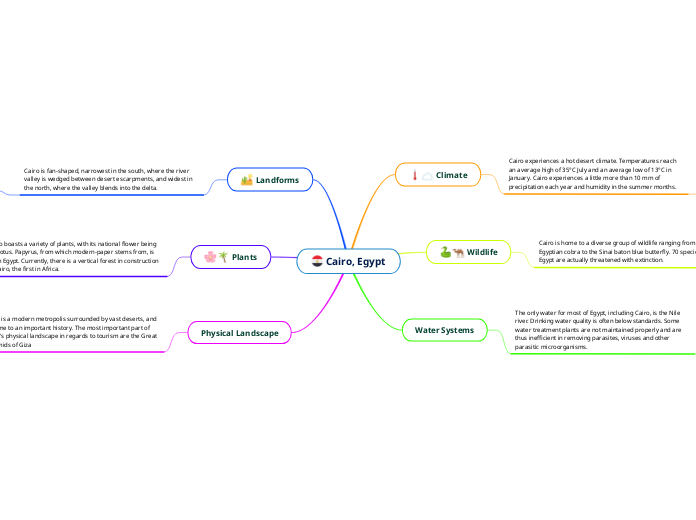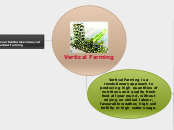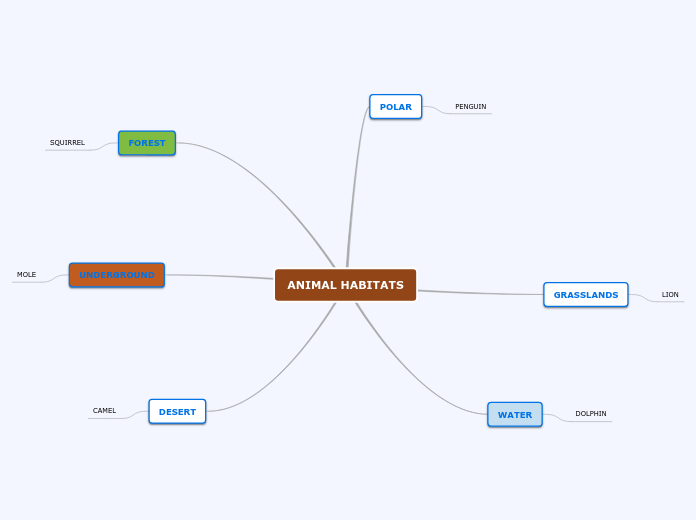von Melanie Stelatos Vor 2 Jahren
212
Cairo, Egypt
Cairo, Egypt's capital, is renowned for its unique geographical features shaped predominantly by the Nile River. The city's landscape transitions from narrow valleys confined by desert escarpments in the south to a broader expanse merging into the delta in the north.









